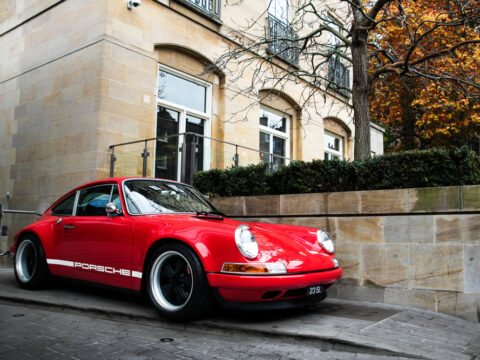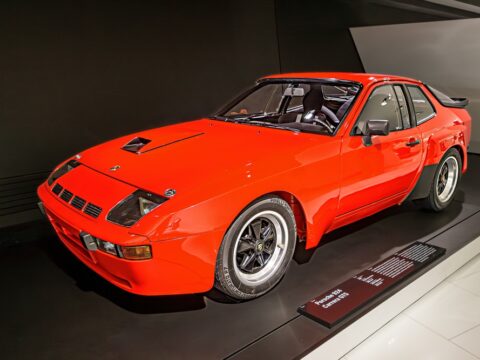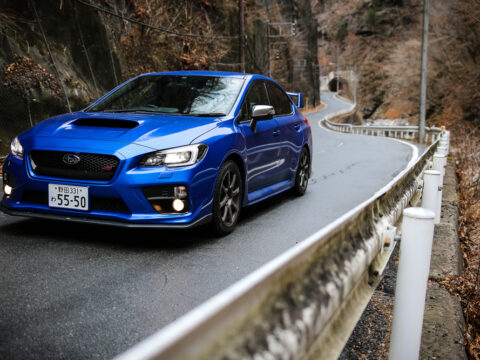The Chevrolet Camaro has long been a favorite among car enthusiasts, known for its powerful performance and iconic design. But beyond the roar of the engine and sleek exterior, there’s a wealth of intriguing facts that often go unnoticed. In this article, we’ll uncover 20 fascinating Camaro facts you probably didn’t know, shedding light on the hidden history and unique features of this legendary muscle car.
Contents
Original Name
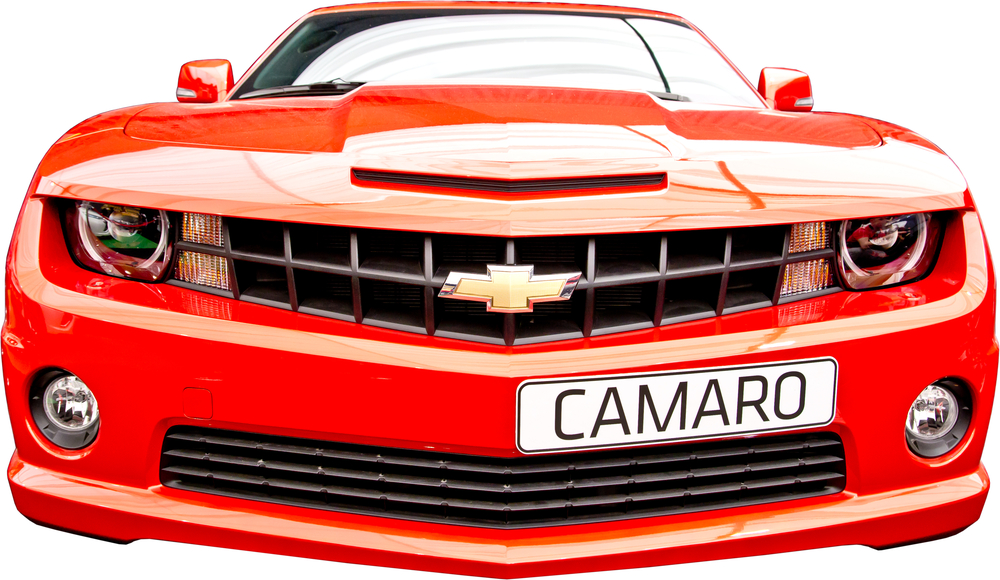
The Camaro was almost called the “Panther” before Chevrolet decided on its now-iconic name. The name “Panther” was intended to emphasize the car’s sleek and powerful characteristics. However, Chevrolet opted for “Camaro” to align with its other car names that started with a “C.” This name change is a fascinating piece of automotive history, highlighting the marketing strategies of the era.
Meaning of Camaro
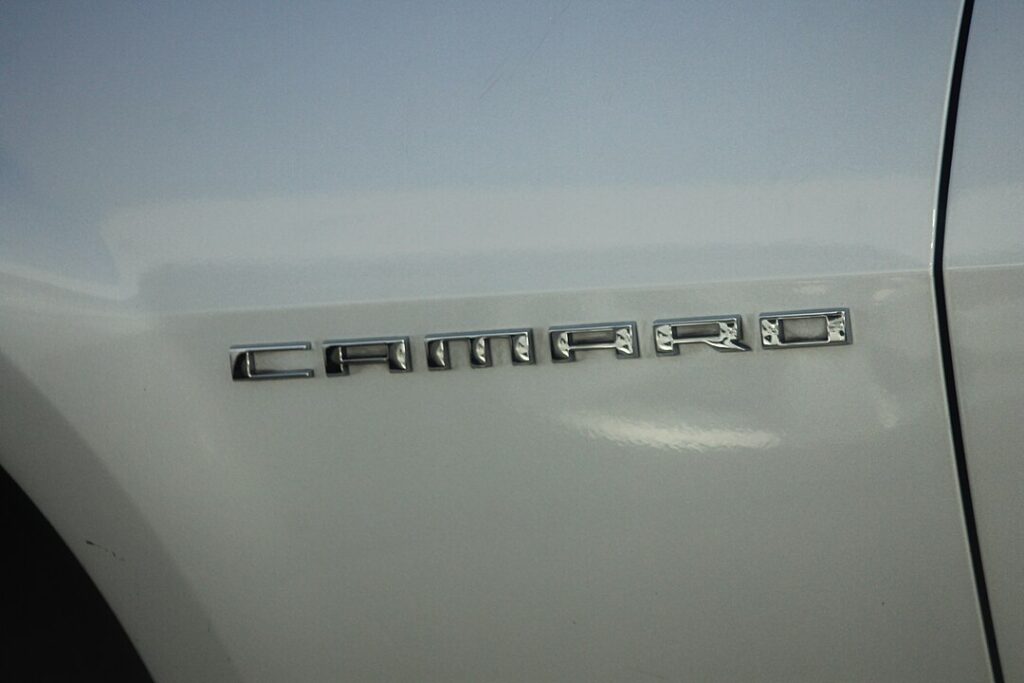
The word “Camaro” doesn’t have a specific meaning, but Chevrolet claimed it was a small, vicious animal that eats Mustangs. This playful jab at Ford’s Mustang emphasized the Camaro’s competitive spirit and positioned it as a formidable rival in the muscle car market. The ambiguity and mystery surrounding the name added to the Camaro’s allure and marketing appeal.
1967 Debut
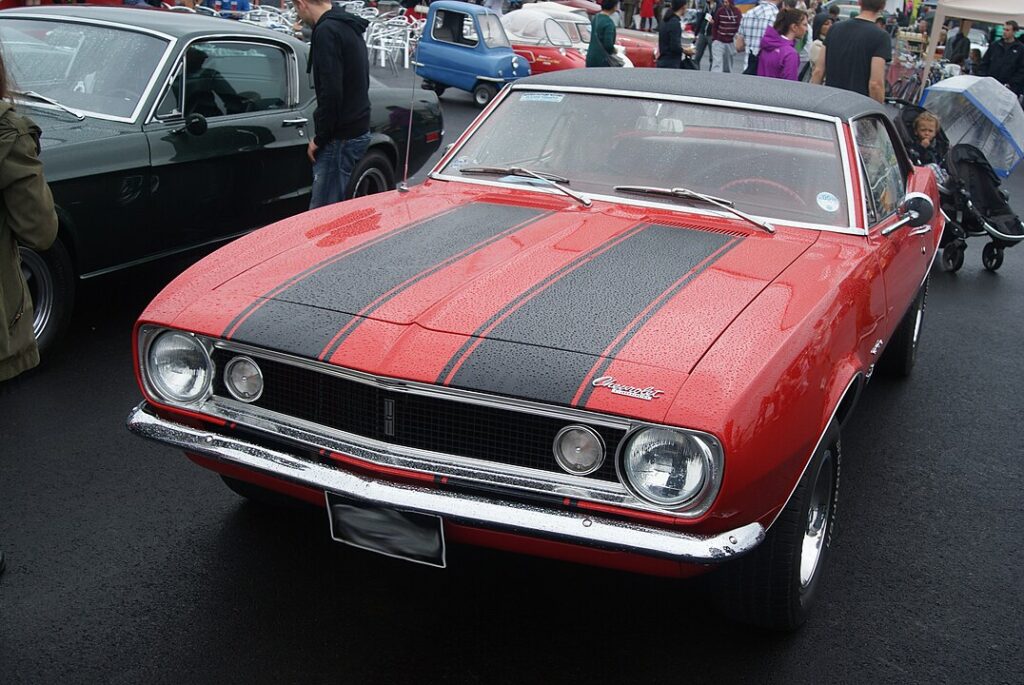
The Camaro was first introduced in 1966 as a 1967 model to compete directly with the Ford Mustang. The introduction of the Camaro marked Chevrolet’s entry into the pony car market. With a variety of engines and trims available, it quickly became a popular choice among performance car enthusiasts, establishing a legacy that continues to this day.
Rare ZL1
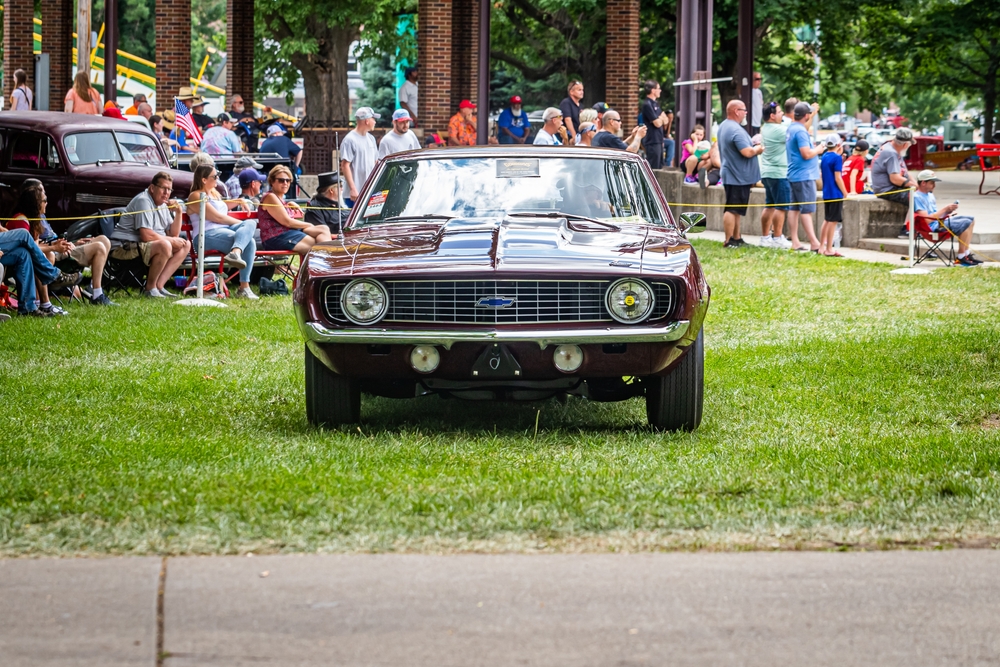
4 In 1969, Chevrolet produced only 69 units of the Camaro ZL1, a car equipped with an all-aluminum 427 V8 engine. This rare model was designed for drag racing and featured one of the most powerful engines ever put into a Camaro. Its limited production run and exceptional performance make it one of the most sought-after Camaros by collectors.
First-Gen Styling
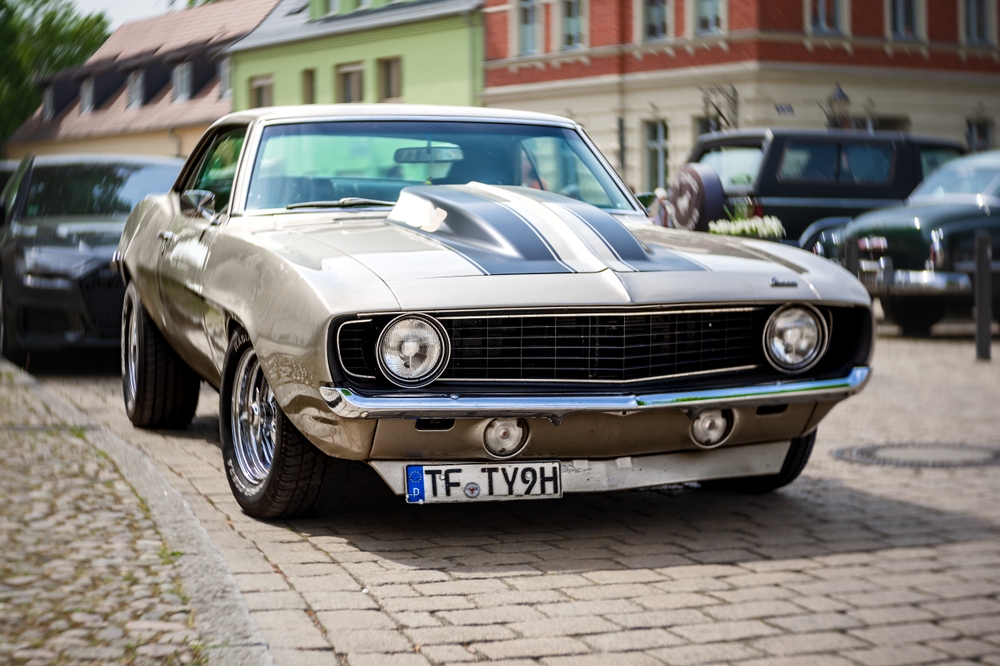
The first-generation Camaro was heavily influenced by the Corvair Monza’s rear-engine layout. Although the Camaro adopted a front-engine design, the influence of the Corvair Monza is evident in its sleek and sporty styling. This unique design choice helped the Camaro stand out in the crowded muscle car market.
Pace Car
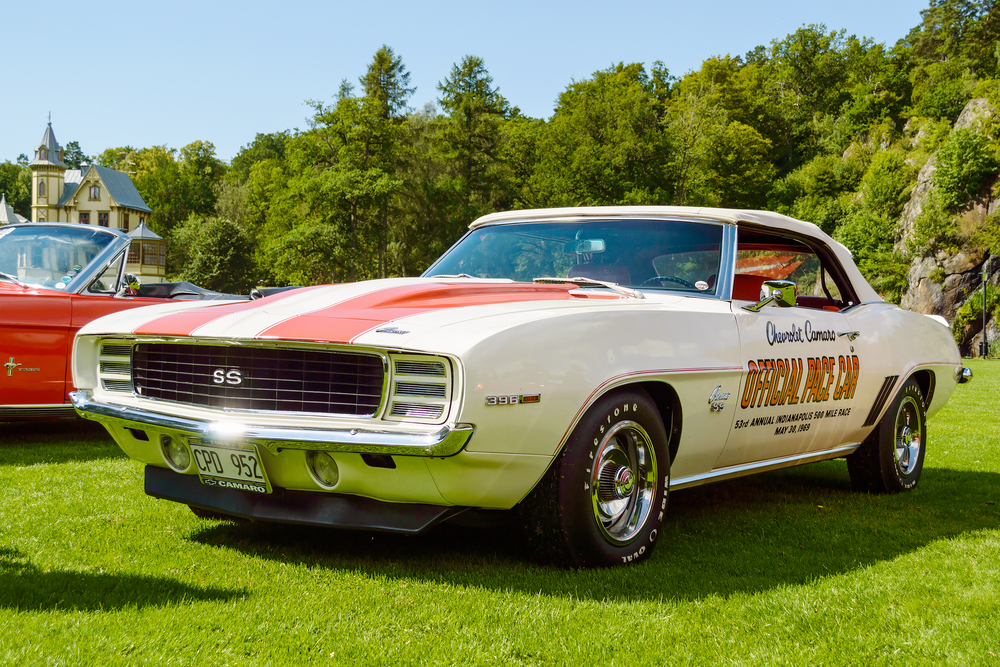
The Camaro has been the official pace car of the Indianapolis 500 nine times since its debut. This prestigious role underscores the Camaro’s performance capabilities and its status as an iconic American muscle car. Each pace car edition featured unique styling and performance enhancements, making them highly collectible.
Transformers Fame
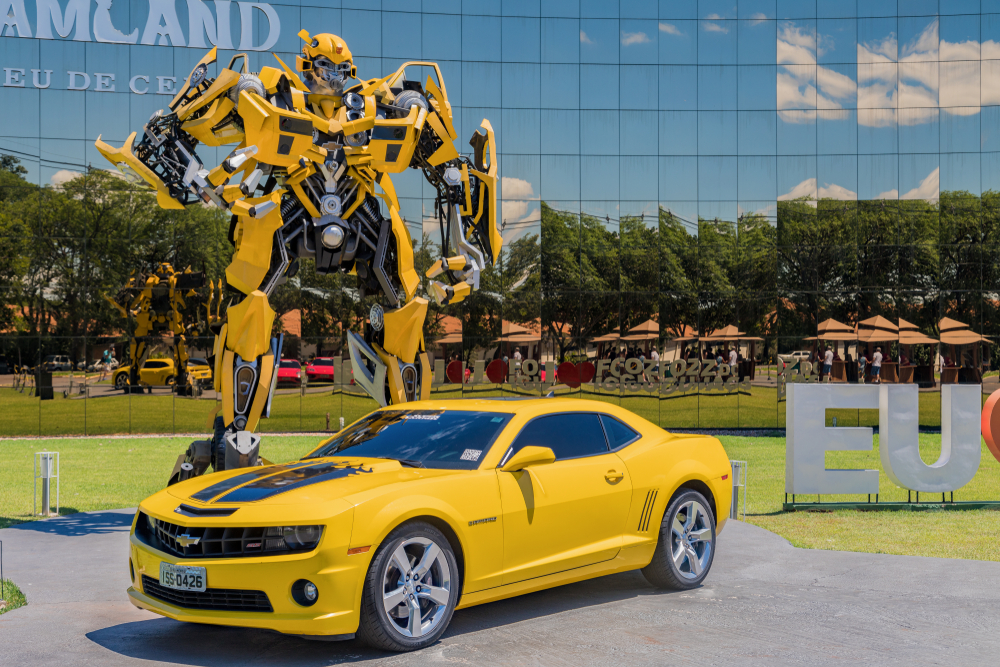
The Camaro gained pop culture fame as Bumblebee in the “Transformers” movie franchise. This role introduced the Camaro to a new generation of fans and solidified its status as a cultural icon. The Bumblebee Camaro, with its distinctive yellow paint and black stripes, became one of the most recognizable cars in modern cinema.
IROC-Z
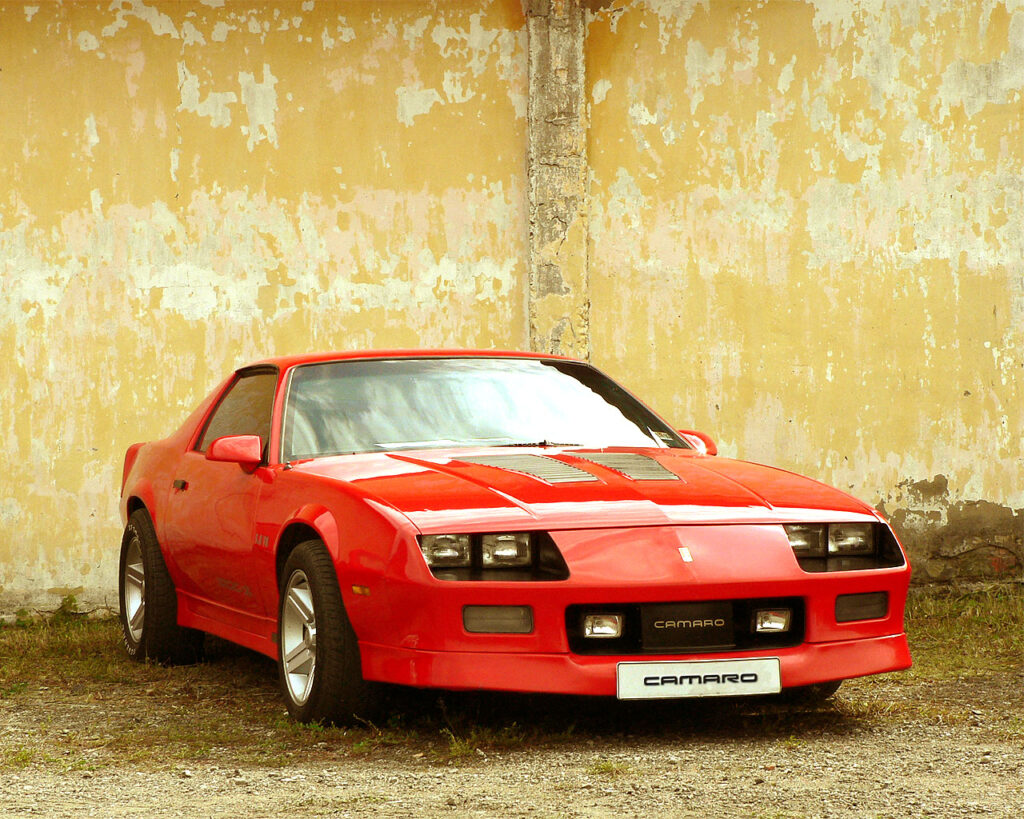
The Camaro IROC-Z, introduced in 1985, was named after the International Race of Champions. This model featured enhanced performance and handling characteristics, making it a favorite among driving enthusiasts. The IROC-Z’s racing pedigree and aggressive styling have made it a classic among Camaro fans.
Z/28 Track Beast
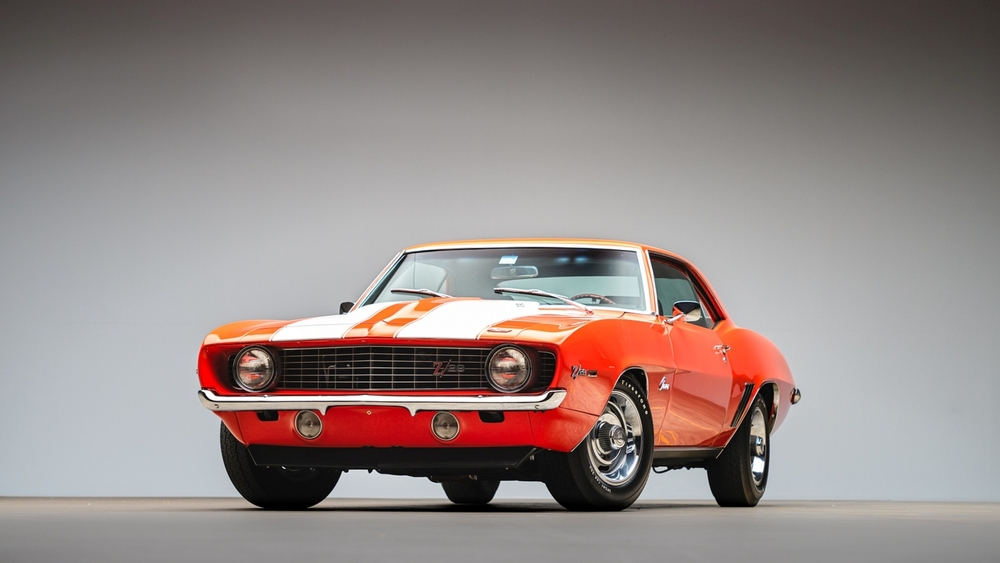
The Z/28 model, introduced in 1967, was designed specifically for Trans-Am racing. With its high-revving 302 cubic inch V8 engine and performance-focused features, the Z/28 quickly became a legend on the racetrack. Its racing success and limited production numbers have made it a highly prized collector’s item.
End of Production
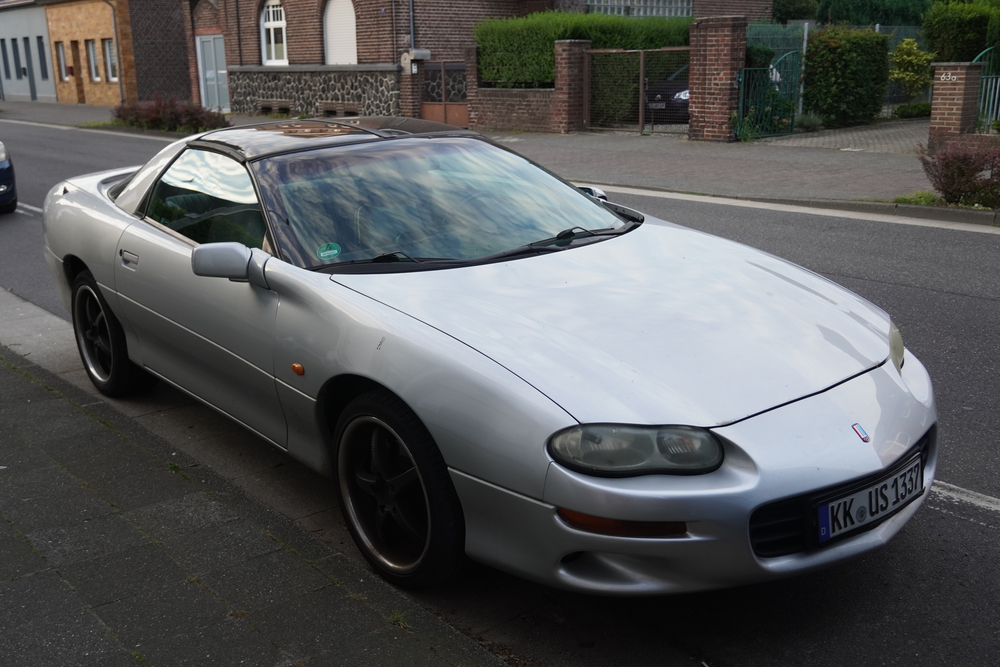
The Camaro was discontinued in 2002 but made a highly anticipated comeback in 2010. The hiatus allowed Chevrolet to redesign the Camaro with modern performance and styling cues while retaining its classic muscle car appeal. The fifth-generation Camaro’s return was met with great enthusiasm, rejuvenating the brand.
Global Sales
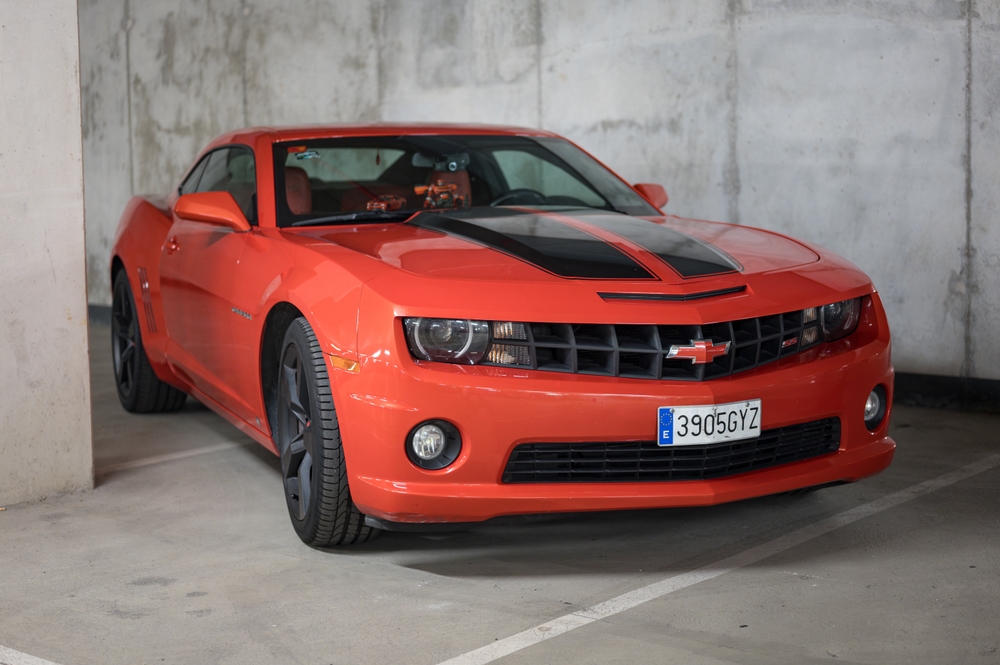
The fifth-generation Camaro was sold in over 40 countries worldwide. This global reach demonstrated the Camaro’s universal appeal and solidified its status as an international icon. The car’s success in diverse markets highlighted its versatile design and performance capabilities.
Convertible Comeback
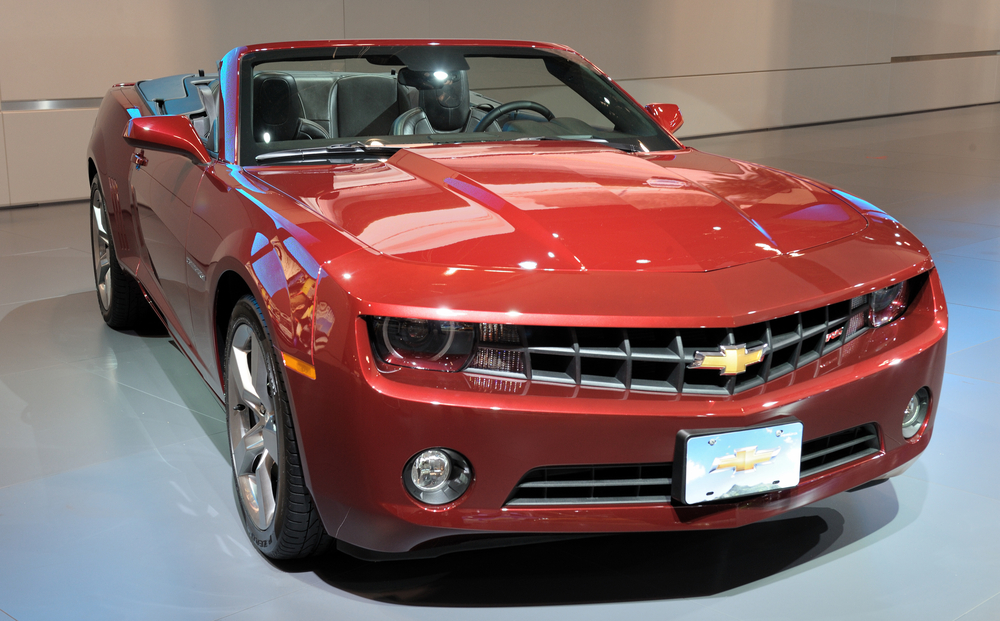
A convertible version of the Camaro was reintroduced in 2011 after a long absence. The new convertible offered the same performance and style as the coupe, with the added thrill of open-air driving. This reintroduction catered to enthusiasts who desired the wind-in-their-hair experience.
50th Anniversary
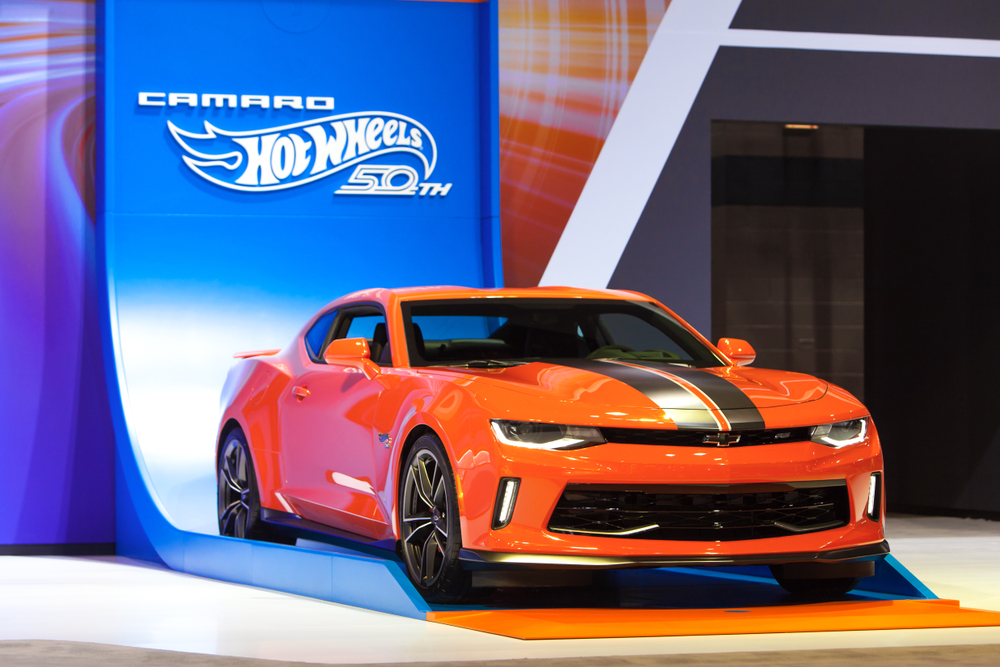
In 2017, Chevrolet celebrated the Camaro’s 50th anniversary with a special edition. This limited-edition model featured unique badging, special paint colors, and exclusive interior details. The 50th Anniversary Camaro paid homage to the car’s rich heritage while showcasing modern advancements.
Drag Racing Dominance
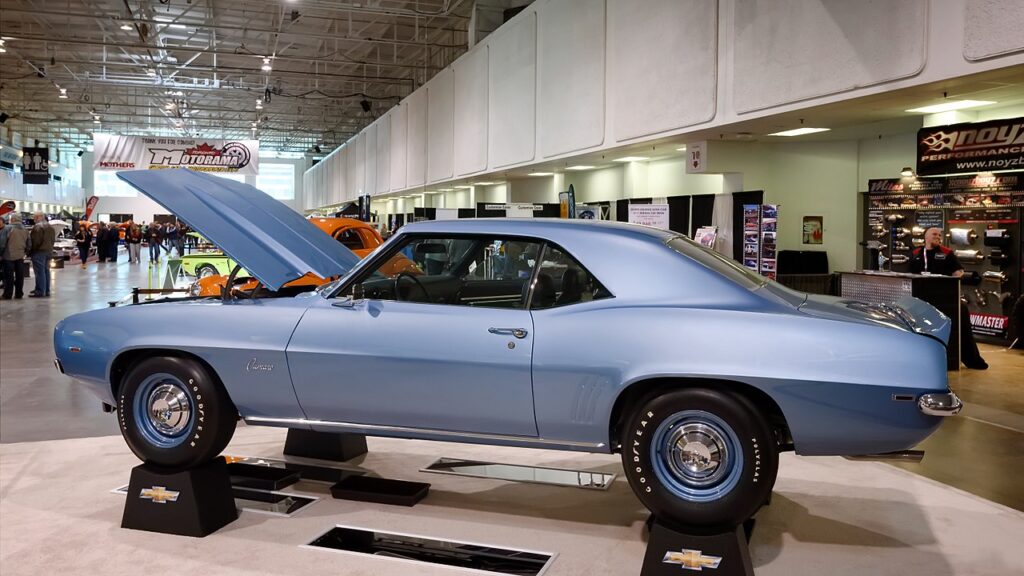
The COPO Camaro, introduced in 1969, was a factory-built drag racing car. Designed for the NHRA’s Stock Eliminator class, the COPO Camaro featured a high-performance engine and specialized components for maximum drag strip performance. Its rarity and racing success make it a legend among drag racing enthusiasts.
European Inspiration
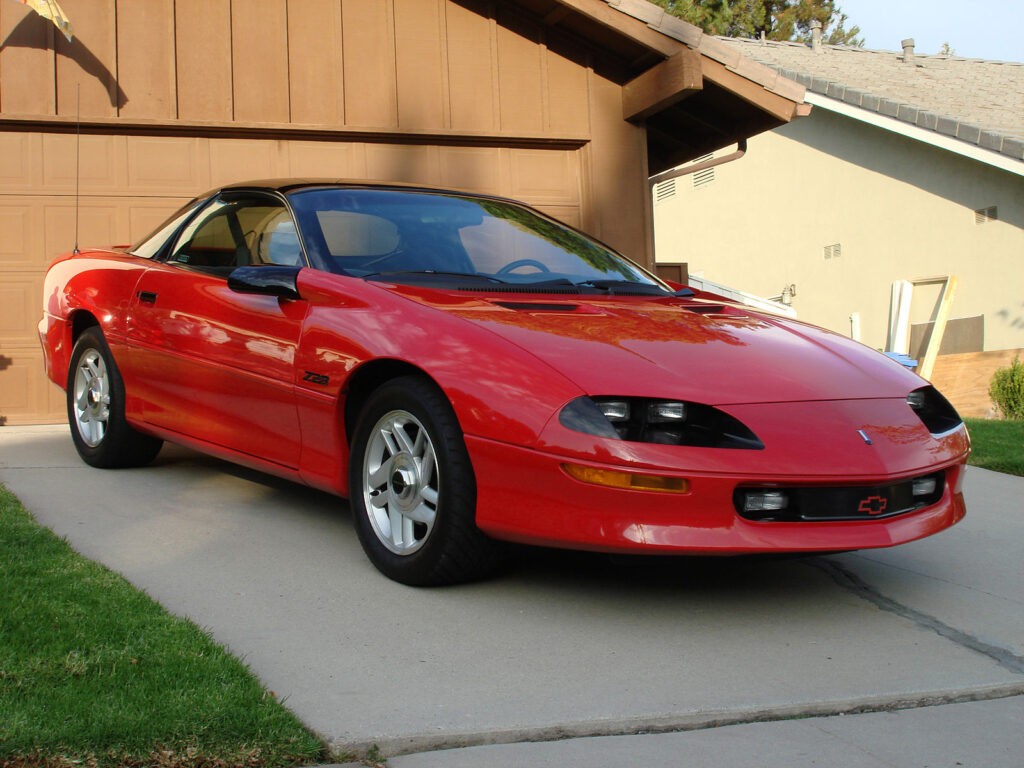
The fourth-generation Camaro featured design elements inspired by European sports cars. With its aerodynamic shape and refined handling, this generation offered a different take on the traditional muscle car formula. The European influences helped attract a broader audience, including those who appreciated sports car dynamics.
Hot Wheels Edition
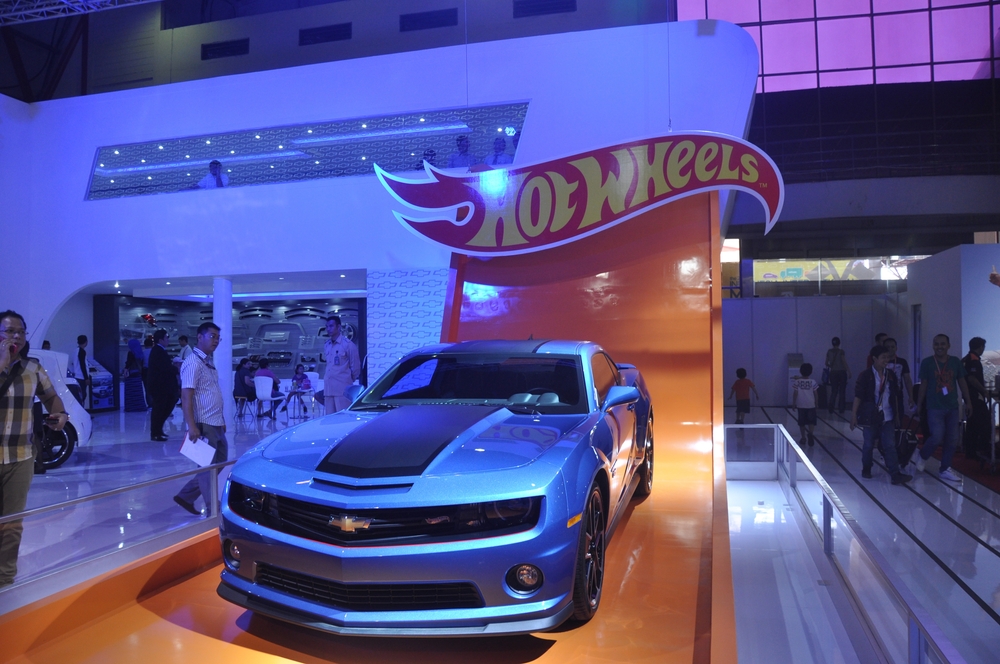
In 2013, Chevrolet released a special Hot Wheels Edition Camaro, bringing the toy car to life. This model featured vibrant paint colors, unique graphics, and special interior touches inspired by Hot Wheels designs. The collaboration celebrated the childhood dreams of many car enthusiasts who grew up playing with Hot Wheels toys.
Sixth Generation
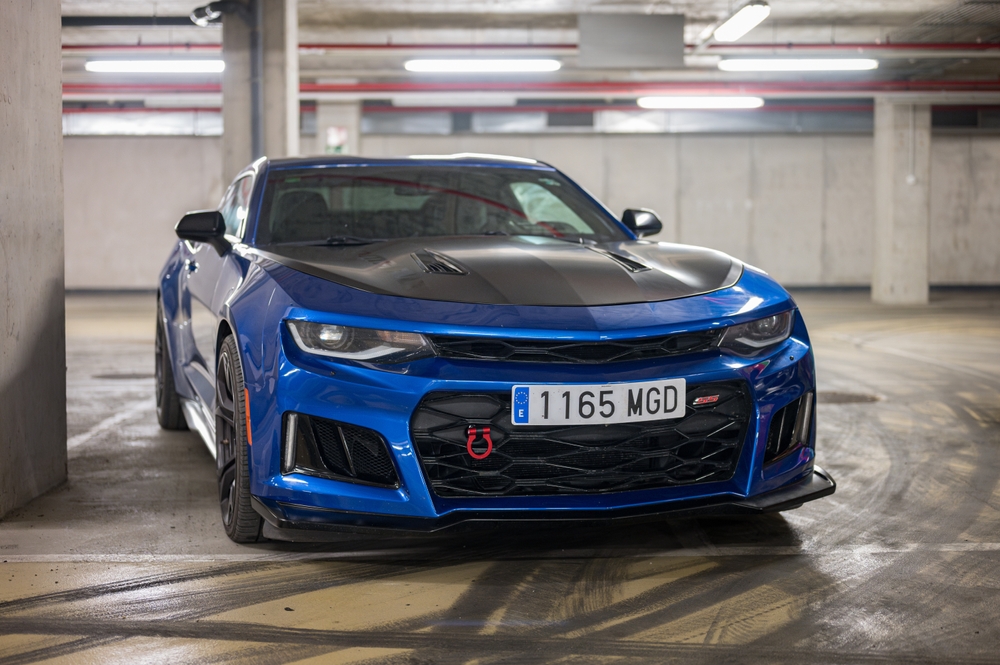
The sixth-generation Camaro, introduced in 2016, is built on the Alpha platform, shared with the Cadillac ATS. This platform provided a lighter and more rigid chassis, enhancing the Camaro’s handling and performance. The sixth-generation Camaro also featured advanced technology and refined styling, making it a modern muscle car icon.
Performance Packages
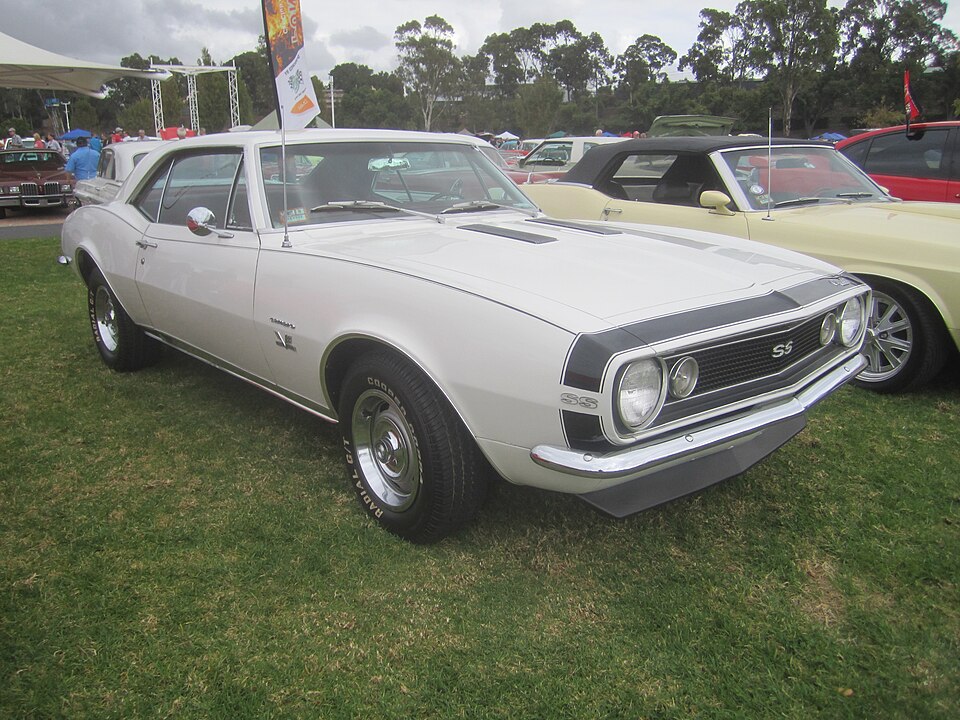
The Camaro offers various performance packages, including the 1LE track package. The 1LE package adds features such as upgraded suspension, larger brakes, and performance tires, making it ideal for track enthusiasts. These packages allow owners to tailor their Camaro to their driving preferences.
High-Tech Features
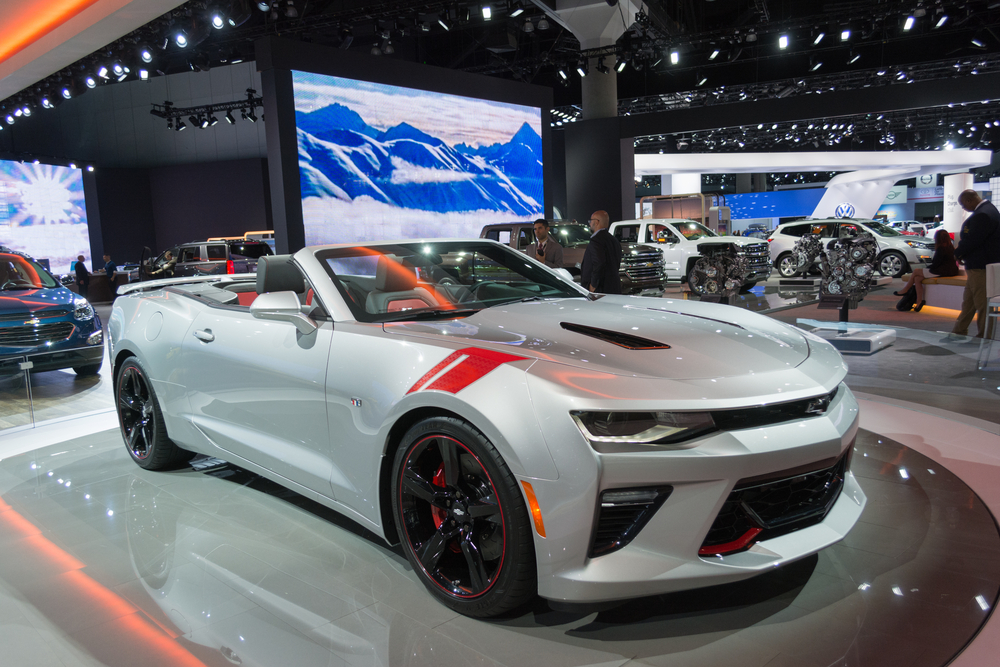
Modern Camaros come with advanced technology, such as a heads-up display and performance data recorder. These features enhance the driving experience by providing real-time information and allowing drivers to analyze their performance. The integration of technology showcases Chevrolet’s commitment to innovation.
Fuel Efficiency
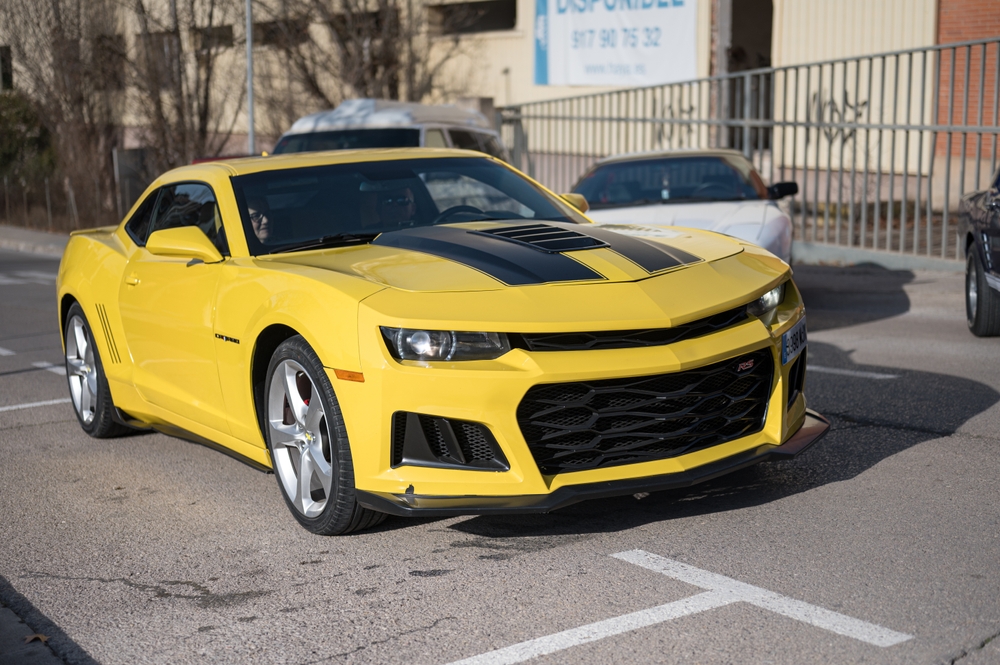
The sixth-generation Camaro features a more fuel-efficient turbocharged four-cylinder engine option. This engine offers a balance of performance and economy, making the Camaro accessible to a wider range of buyers. The turbocharged engine delivers impressive power while maintaining better fuel efficiency than traditional V8 engines.
This article originally appeared in MyCarMakesNoise.
More from MyCarMakesNoise
20 Must-Visit Military Vehicle Museums Around the World

If you’re a history enthusiast or fascinated by military vehicles, you’re in for a treat. Discover the 20 best military vehicle museums you have to visit, each offering a unique glimpse into the past. Read More.
25 Classic Cars That Deserve Another Moment in the Spotlight
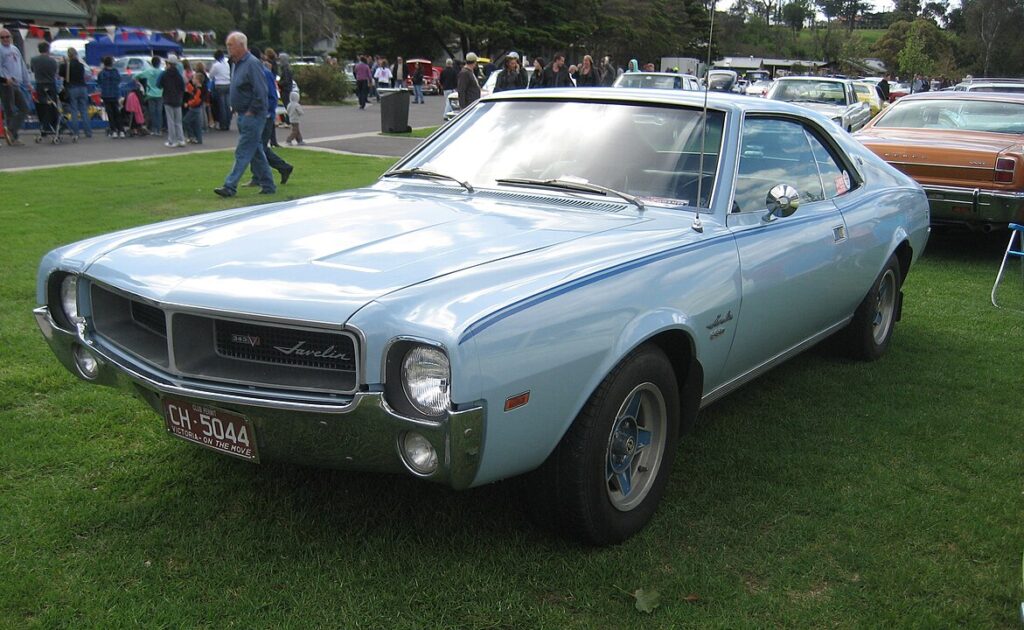
In the world of classic automobiles, some vintage cars get all the attention while others remain largely overlooked. This list highlights 25 vintage cars that deserve a second look. Read More.
15 Vintage Mustangs That Collectors Avoid
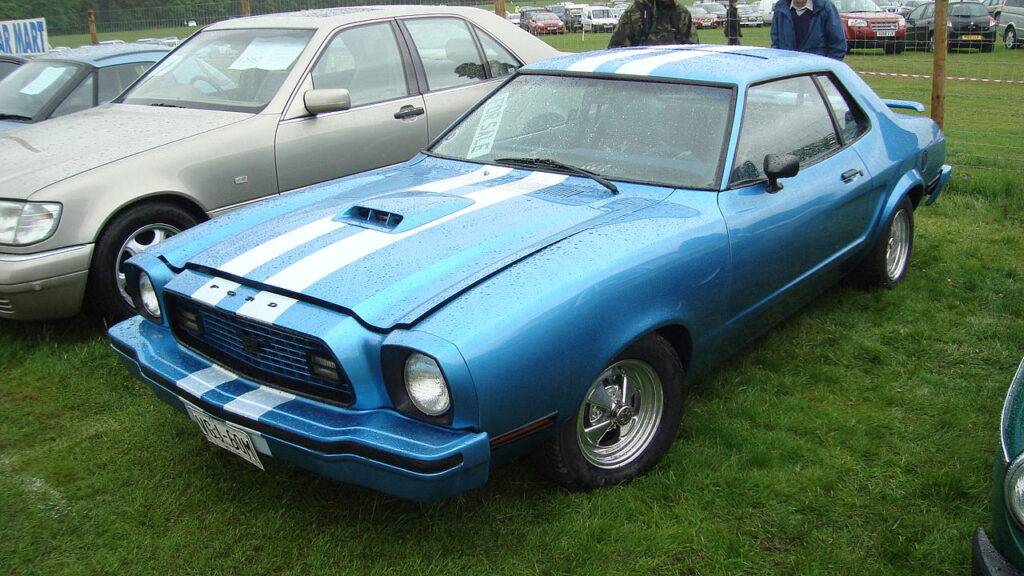
When it comes to classic cars, the Ford Mustang often stands out as an icon of American automotive history. However, not all Mustangs are created equal. While some vintage models have become highly sought-after collector’s items, others have faded into obscurity for various reasons. Read More.


